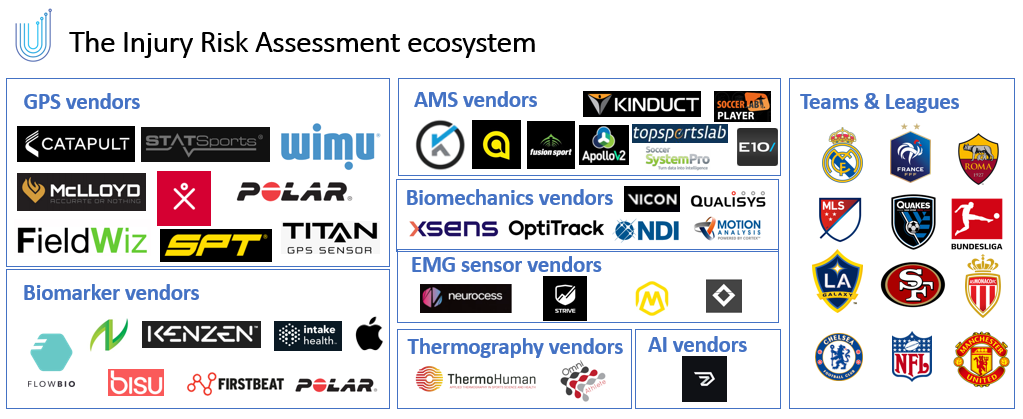Over the last decade, injury risk assessment has become a major challenge for many pro teams and leagues. For example, as shown in the graph below, among US sports leagues, the cost of injuries has skyrocketed over the years and totaled $700M and $500M for the MLB and NFL, respectively,…
Share This Story, Choose Your Platform!
Total reviews
Persons recommended this product
Anonymous
Shopper
check_circle Verified
Shop owner replied
Anonymous
Shopper
check_circle Verified
Shop owner replied
Thanks for your review!
Your feedback helps us improve our service.
There are no reviews yet.
Be the first to review “ ”
Please log in to submit a review.
Don't have an account? Register here .
Only logged in customers who have purchased this product may leave a review



